On the Hunt for Patterns: from Hippocrates to Supercomputers
Ontotext
MAY 18, 2020
These are the so-called supercomputers, led by a smart legion of researchers and practitioners in the fields of data-driven knowledge discovery. Thanks to their might, now scientists and practitioners can develop innovative ways of collecting, storing, processing, and, ultimately, finding patterns in data. Certainly not!

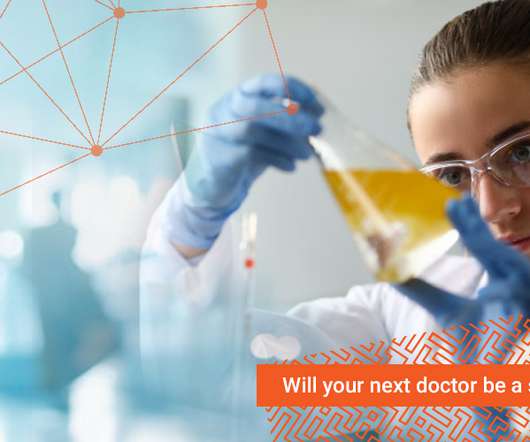
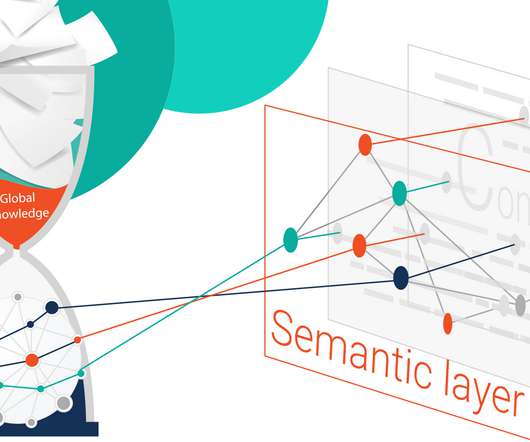
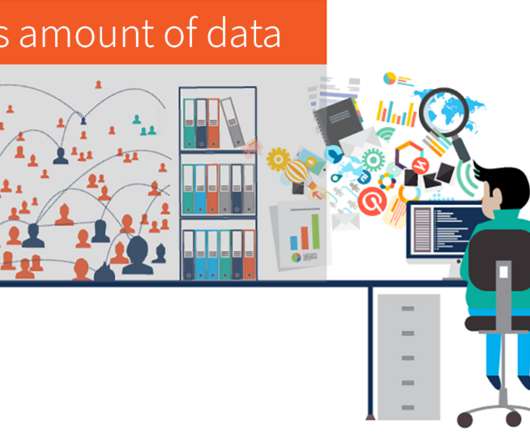
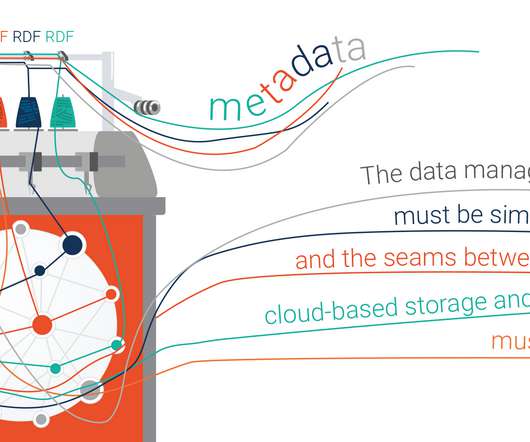
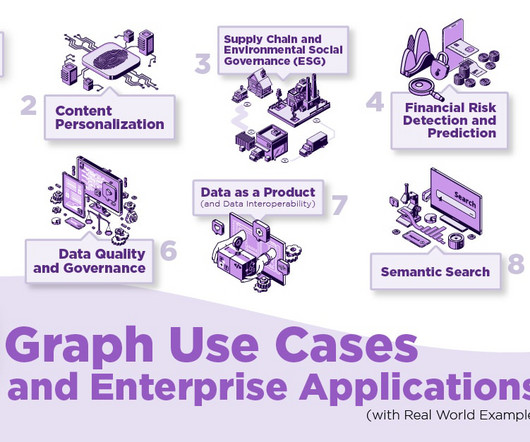









Let's personalize your content